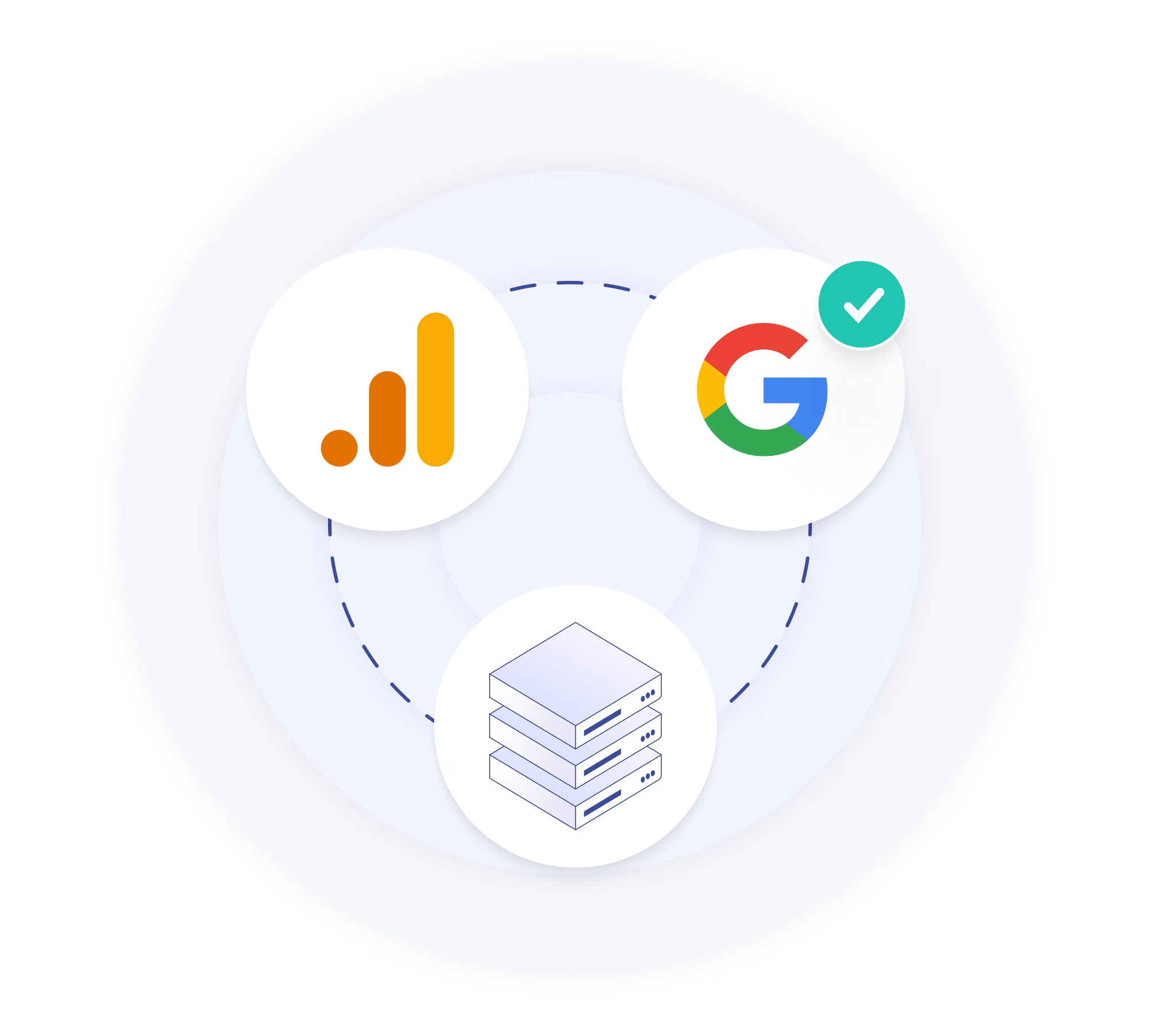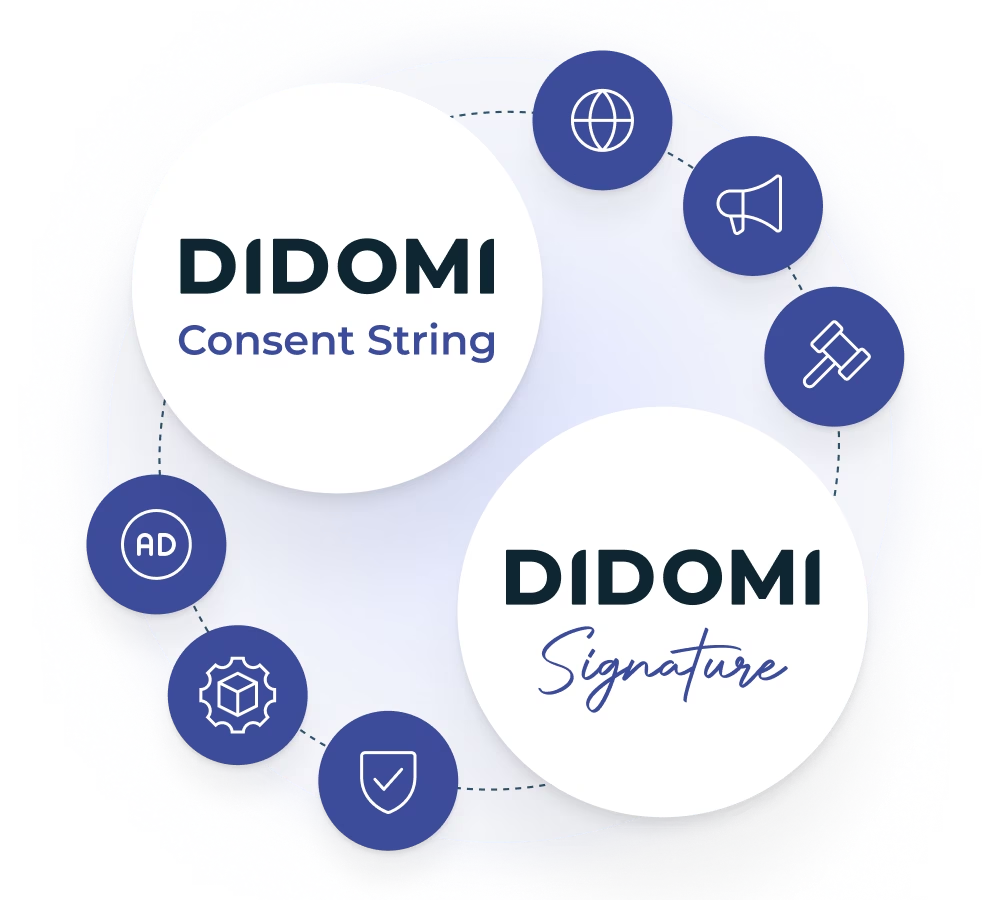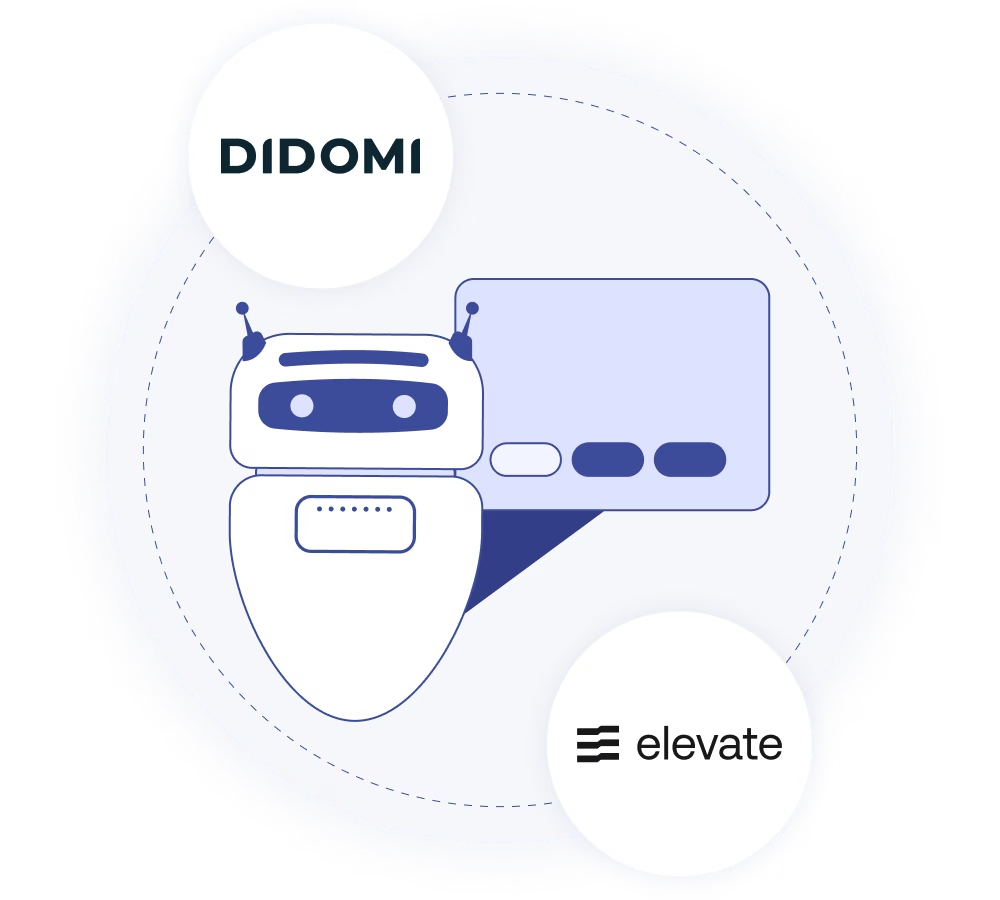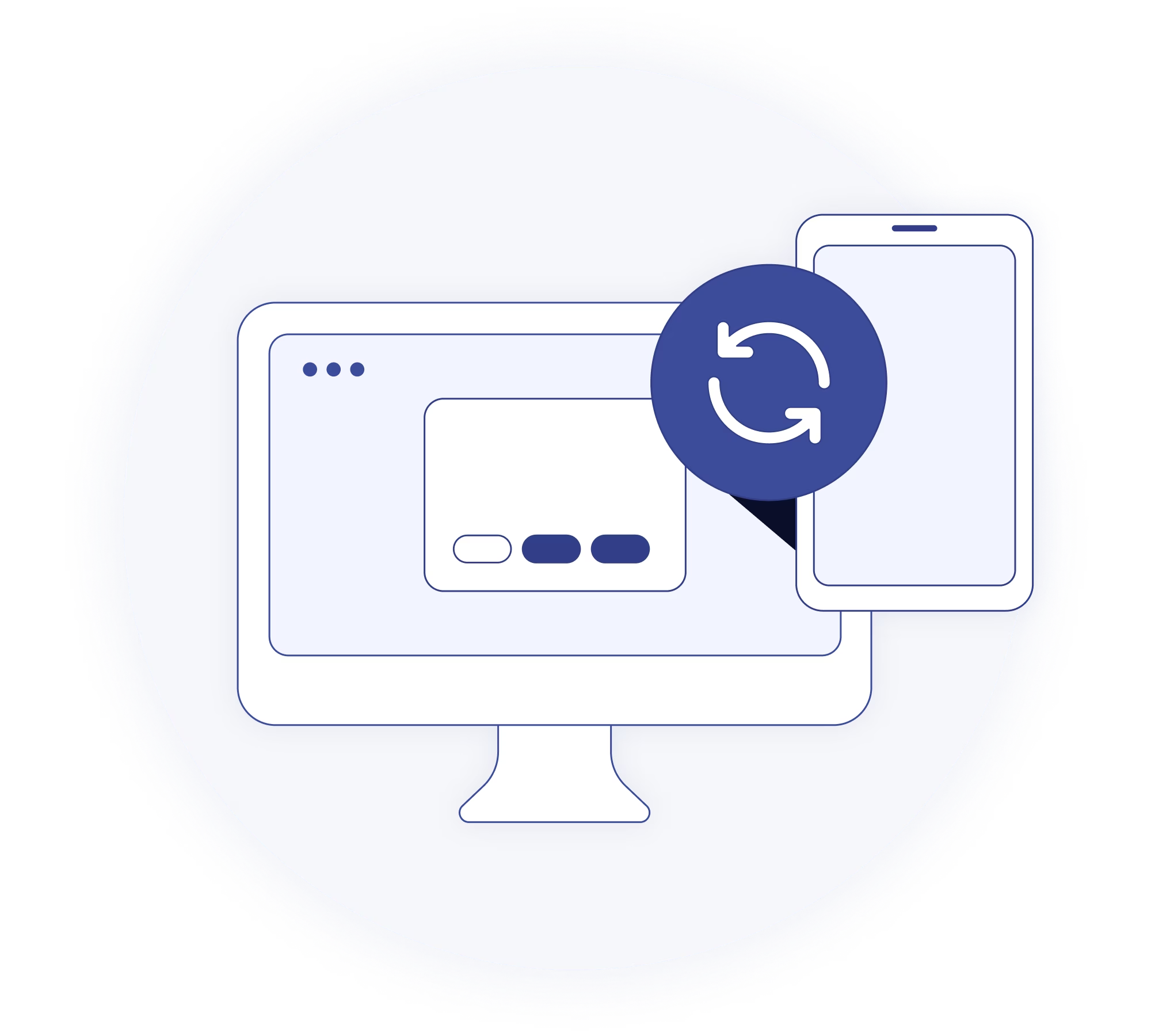As Connected TV (CTV) continues to grow into one of the most important topics for modern advertisers, so are privacy and user consent concerns. What is CTV, and what is the difference with OTT? Is CTV subject to the exact same consent requirements as other environments for collecting user data? How does that work?
In this article, we explain CTV, the privacy imperatives it is subject to (including consent), and how you can get started.
What is Connected TV (CTV), and why should you care?
Connected TV, shortened to CTV, describes internet-connected devices consumers can use to watch TV or video online. The CTV denominator is not limited to smart TVs but also includes gaming consoles, TV sticks, streaming devices, and more. As a rule of thumb, if you’re streaming video content, whether it’s from your smart TV, via a Roku or Amazon Fire device, or on a gaming console, you’re using CTV.
Then, what is the difference between CTV and OTT?
OTT (short for Over-the-Top) describes streaming services that can deliver video content directly on the internet, bypassing traditional cable, satellite, and broadcast television. Some major players in this space include Netflix, Disney+, Hulu, and Amazon Prime Video.
In short, CTV is a physical internet-connected device, while OTT is the service that enables the delivery of video content on that device. CTV includes OTT because you typically use a CTV device to access OTT content, but OTT is a broader term that focuses on the content delivery mechanism, while CTV is about the devices.
Why is CTV such an attractive advertising channel?
You might’ve heard about CTV because of the appetite the advertising industry has shown for this environment over the past year and certainly in 2024. As a result, CTV has emerged as a significant consumer trend and a big talking point for advertisers eager to catch their attention at the right place and time.

Beyond this general consumer trend, the value of CTV for advertisers also lies in a variety of other reasons:
- Reach: Studies have shown that 88% of American households own at least one internet-connected TV device, making it a no-brainer for advertisers to consider CTV.
- Targeting capabilities: CTV offers the possibility of delivering highly targeted ads using various data points, from user demographics to viewing habits and behavioral data.
- Measurement and analytics: To follow up on the previous point (and as a preamble to the next section about privacy), CTV offers advertisers access to highly detailed reporting on performance to ensure maximum ROI.
- Cost-effectiveness: Advertisers can control their ad spending more effectively on CTV than linear TV.
- Engagement: Since ads are integrated into the content and often unblockable, CTV makes ad avoidance more complex, ensuring high completion rates.
In a recent opinion piece, our Head of Marketing, Sarah Reveillard, shared her thoughts on CTV’s great potential as an advertising channel while highlighting the oft-overlooked privacy implications it presents:
“The evolution of Connected TV offers unprecedented opportunities for content personalization and advertising effectiveness. Yet, without robust consent management and a commitment to privacy-compliant identity solutions, we risk eroding the very trust that underpins user engagement.”
- Sarah Reveillard, Head of Marketing at Didomi (Source: Connected TV (CTV) in Europe: A closer look at privacy and identity, Didomi blog)
Keep reading to dig deeper on the privacy implications of Connected TVs, or head to Sarah’s article on CTV to learn more from her research on the topic.
The privacy implications of the CTV ecosystem
Most of the conversations surrounding CTV revolve around its potential for both consumers and advertisers, but data privacy will be a critical point that organizations should not overlook. What are some of these limitations and/or concerns?
The sheer variety of CTV devices and platforms on the market -and their often unique requirements- is central to the question of privacy for CTV and the difficulty presented to organizations:
“One of the biggest challenges when working in CTV environments is identifying the devices and operating system to equip. We provide different SDKs for CTV, including our web-based CTV SDK, tvOS, and Android TV.
CTV players must remember that user consent is as important on CTV as it is on the web and mobile apps, and that privacy regulations apply to all platforms.
- Lucille Dumas, Jr Product Manager CTV at Didomi

Despite this complexity, implementing sound data collection practices should be one of the main concerns for advertisers.
Much like on the web or mobile, user consent remains the primary legal basis for data collection on CTV. This means that organizations must obtain user consent to collect personal data. This can be done via a consent banner on the screen, clearly disclosing what data would be collected, for which purpose, and with whom it would be shared.
Large organizations are catching up to this, with large players like Google updating their CTV consent requirements. The company has announced a July 2025 deadline for implementing a Google-certified Consent Management Platform.
To learn more, check out the replay of our webinar with Google, where our VP of Product, Jeff Wheeler, discussed Google’s requirements and everything CTV with Sam Morse, Global Product Lead, Regulation and Privacy at Google:

Consent collection for CTV: How does it work?
How can organizations collect consent on CTV? It’s essentially the exact same principle as in any other environment:
- Users are presented with a consent banner, which should allow them to access all the necessary information to make an educated decision.
- Users either accept or decline, giving their consent for data collection.
- The CMP processes that choice, communicating it to the organization and its partners while keeping a record for future reference.
- Data collection and personalization are either triggered (if the user has consented) or not (if the user has refused).
- Extra: Users should be allowed to withdraw or change their choice anytime. CTV apps should include a dedicated section for this purpose, which should not be too difficult to locate.
The same rules apply on the web or mobile, depending on the applicable regulation. As per GDPR, consent should be freely given, informed, specific, unambiguous, revocable, and explicit.
So you'll understand that using a Consent Management Platform adapted to CTV is critical to an experience that respects your users’ privacy and aligns with data protection regulations. The right CMP will help you at every step of the way:
- Creating your consent banner with the correct visual identity, text, and information
- Collecting user consent seamlessly on Connected TVs
- Syncing user consent data with your tech stack
- Communicating users’ choices to third-party vendors and partners
- Storing proof of consent for potential audits from data protection authorities
To learn more about how to create great consent banners for CTV, head to our dedicated guide:
{{learn-how-to-create-an-effective-ctv-consent-banner}}
CTV consent management checklist

How Didomi can help with CTV consent management
We’ve been on the CTV train at Didomi for a while. Our CMP for CTV has been around for a few years, and we’re proud to be one of the few CMPs on the market to be certified by Google for CTV.
This is critical, as the deadline for Google’s CTV requirements is around the corner, in July 2025.
We believe this is only the beginning and that just like web and mobile apps, the CTV market will soon experience a wave of privacy-related requirements driven by an increased focus on performance analytics, consumer expectations, and, more than likely, data protection authorities, which will eventually get involved to enforce regulations in this up-and-coming environment:
“While much of the current conversation around CTV centers on opportunities for advertisers, the importance of data privacy will become increasingly prominent as the platform grows and performance measurement becomes critical for businesses.
As CTV expands, it will inevitably attract the attention of regulators and data protection authorities. Companies that adopt a privacy-by-design approach in developing their products and services will not only differentiate themselves but also gain a competitive advantage over the rest of the industry.”
- Lucille Dumas, Jr Product Manager CTV at Didomi
To learn more about our CMP for CTV, including our unique features and expertise, visit our dedicate page and get started while you’re ahead of your competition:
{{learn-more-about-didomi's-cmp-for-ctv}}

.svg)



















